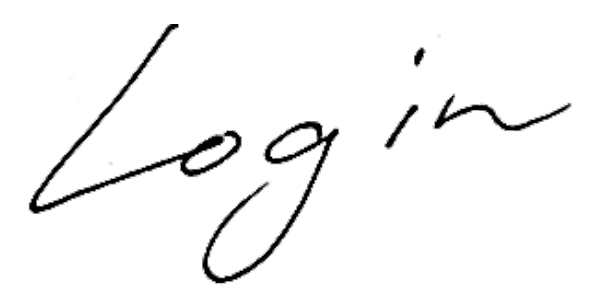A Guide to Reiki

Energy is never static, it's always transferring. This week we take a look at Reiki, the Japanese practice of channeling energy into another through the laying of hands to alleviate stress and promote healing. The word 'Reiki' directly translates to "universal life energy" and the treatment is used by millions of people around the world. We spoke to Kylee, a Reiki practitioner, to aid us in understading Reiki and she provided a great insight into the treatment.
Firstly, can you explain to us what Reiki is.
To quote Pamela Miles, “Reiki is a spiritual healing practice that helps your system balance itself. Balance is always a good thing, because your body can only self-heal when your nervous system is balanced.”
What attracted you to it?
My sister-in-law is a massage therapist and Reiki practitioner. I started seeing her every week for massages when I put my neck out and she used to do 30 mins of Reiki on me after each massage session. I was [also] in a very stressful job and I felt calmer and more focused after each session and decided that I needed more of this in my life.
How long have you been working with it?
I first learnt Reiki in 2002 and have been happily practicing ever since.
How did you learn to practice reiki?
To learn Reiki 1 (basic hands on Reiki) I attended a 3 day session with a Reiki Master. I picked a Reiki Master who could show their lineage back to the first lady who brought Reiki to the West, Hawayo Takata. I also attended another Reiki course a couple of years later to learn Reiki 2 which is a course that shows you more aspects of Reiki, deepens your use of Reiki and allows you to send Reiki across distance.
Do you use it on yourself? Who else do you use it on?
You can do Reiki on yourself, others, animals, plants, buildings, homes, office spaces, rooms, food, situatiosn, etc.
What does it feel like to give a treatment?
It can vary depending on who or what you are doing Reiki on. You can sometimes feel a pulling in your hands or heat under your hands. Sometimes you can get a sway up, where your whole body wants to sway back and forth and sometimes you can feel very little. Each time can be very different. I liken it to us humans. We are all different so each experience will be different. I’ve worked with other people in doing Reiki on one person and we each felt different things.
What are the Reiki hand positions and what do they mean?
Reiki hand positions don’t really have a meaning, you just move your hands along to make sure you get the best from the treatment for the person. If you are doing Reiki on a person or animal, I was taught to start from the head and work my way down to the feet (or tail). Each position you move to is to cover the organs/joints/ muscles in that area. Some people believe that emotions are stored within a person’s organs/joints/muscles and reiki can cause a shift and help that person heal.
How many treatments can you give before becoming drained?
I have never felt drained after doing a Reiki treatment. You are using universal energy and not your own. You get part of the energy that you are using on the person so you actually feel quite good afterwards although if you're standing while doing a treatment, it’s good to give yourself a little break in-between just to walk around, re-hydrate and eat! Sometimes Reiki can make you really hungry. It’s also good to do Reiki on yourself regularly if you are doing Reiki on others.
How long does a Reiki treatment last?
Most Reiki treatments usually go for an hour but any Reiki is better than no Reiki at all. Even 10 minutes can make a difference to someone.
Does someone have to be in the same room for it to work?
There are benefits from being in the same room and having someone perform Reiki on you, but it’s not essential. You can have Reiki done on you across distance. I have sent Reiki to family and friends up to hundreds of kilometres away.
What are some misconceptions people have about Reiki?
There are a few. They think Reiki is like massage. It’s usually a hands on treatment but some people prefer hands off. There’s no movement in the treatment except changing to the next position. The other is that Reiki is a religion even though it’s not. It can be used no matter what your beliefs are.





